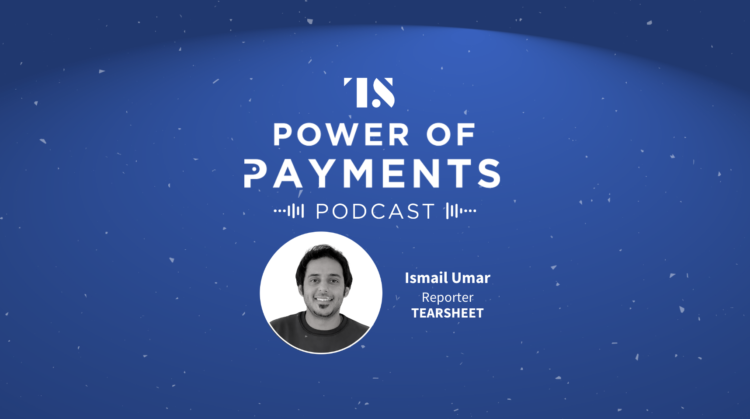Payments, Podcasts, Power of Payments Podcast
Power of Payments Ep. 7: Adyen’s Brian Dammeir on how to keep up with the shifting payments landscape
- Brian Dammeir, president of North America at Adyen, joins host Ismail Umar on this week’s podcast.
- He talks about his experiences at Adyen, the shift in consumer expectations across generations, and the role Adyen wants to play in the future of payments.








